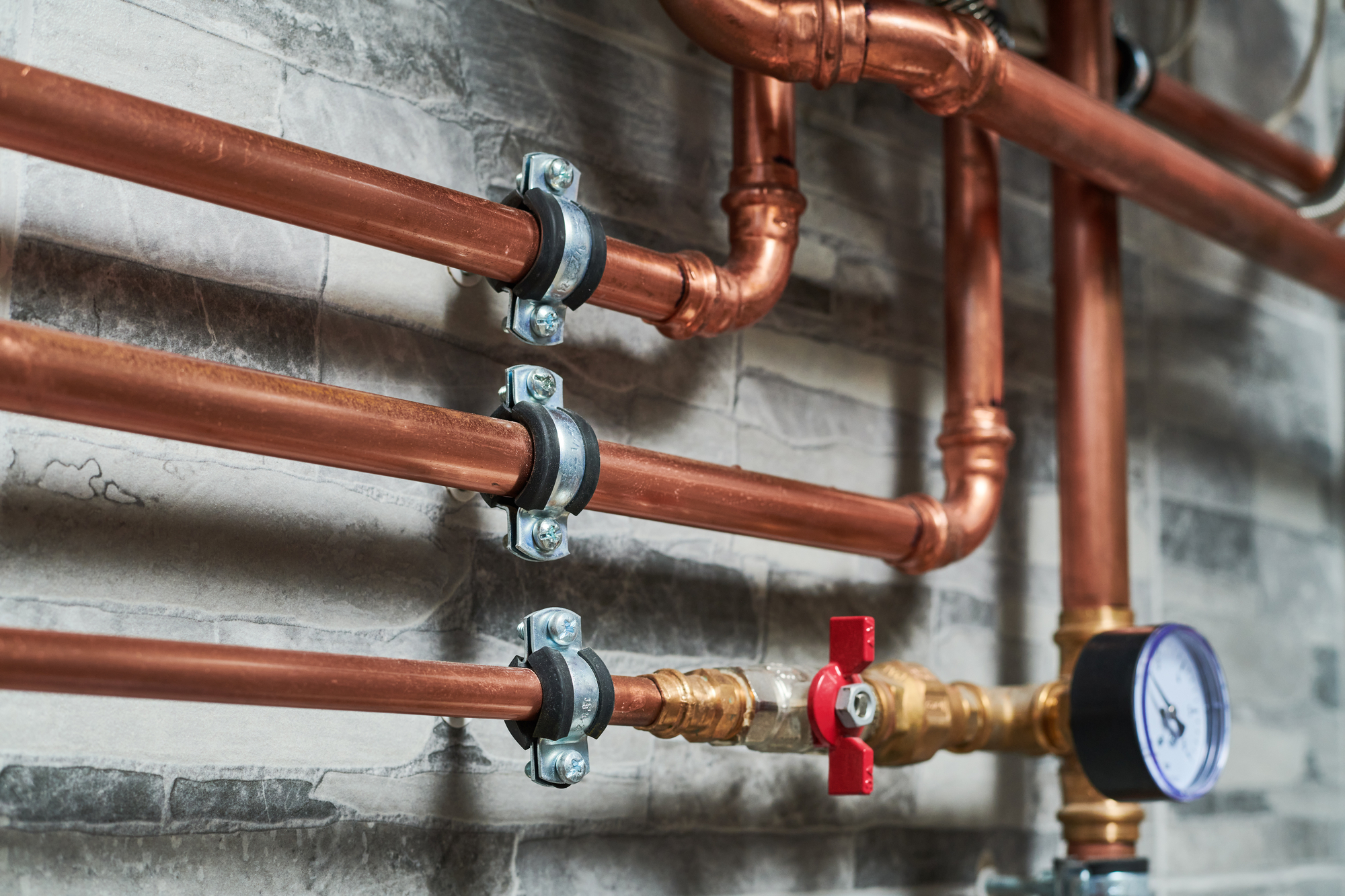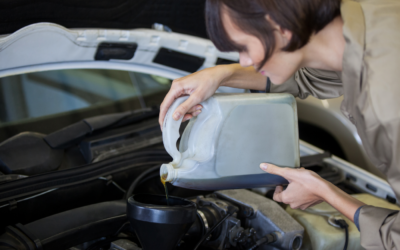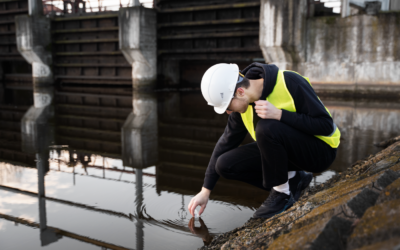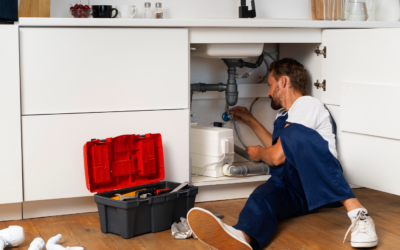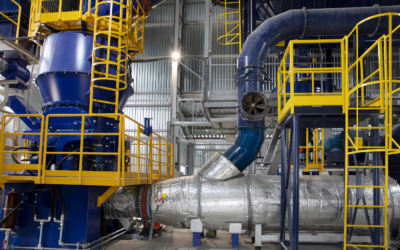After years of relentless promotion for renewable energy sources, the OFTEC (Oil Firing Technical Association) conference has set out a future for Renewable Liquid Fuel. Renewable Liquid Fuel (RLF) is a sustainable, low-carbon fuel made from waste biomass and other materials. It is a biofuel that can be used instead of kerosene (heating oil) in oil-fired domestic boilers and will enable oil heating systems to reduce carbon footprints without the need for expensive equipment upgrades.
This announcement by OFTEC is great news to the plumbing industry and the general public alike, as it means the transition towards a low-carbon future has been made easier and more achievable. In this article, we will discuss everything you need to know about Renewable Liquid Fuel, how it works, and its benefits.
Renewable Liquid Fuel Explained
Renewable Liquid Fuel (RLF) is made from a range of biomasses, such as waste vegetable oil from restaurants, cooking oil, and fats. It is made by drying and processing the waste materials in a carefully controlled atmosphere, which results in a clear, liquid biofuel that is used as a replacement for kerosene (heating oil) in domestic boilers. The RLF used in domestic boilers is the same as kerosene since it has undergone rigorous testing to ensure that it meets the British Standard BS2869.

How It Works
Renewable Liquid Fuel works in the same manner as kerosene. It is a combustible fuel that burns in the boiler producing heat that is then distributed around the home through the radiators. It is important to note that due to its different chemical composition, RLF requires a different setup of the burner, but this won’t imply a major overhaul of your heating system.
Benefits Of Renewable Liquid Fuel
As homeowners and businesses nationwide look for ways to reduce their carbon footprint, renewable liquid fuel offers several advantages:
1. Cheaper fuel: It is an affordable source of fuel to heat your home or business. The cost per litre of RLF is considerably lower than traditional heating oil.
2. Environmentally-friendly: Since it is made from waste materials, RLF is a sustainable and renewable fuel source that reduces the carbon footprint of your heating system.
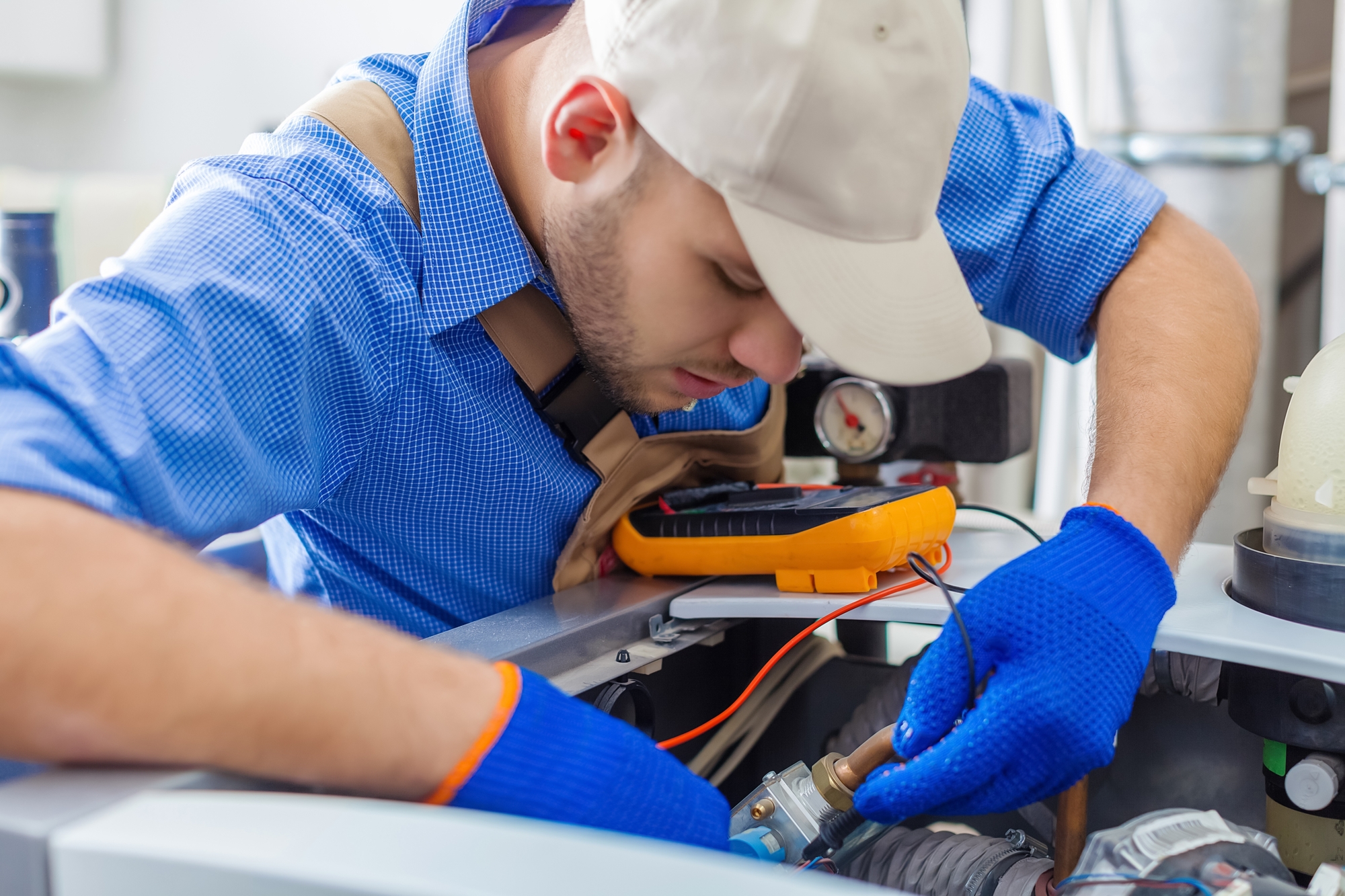
3. Compatible with existing infrastructure: Installing RLF to your existing heating infrastructure is easy and requires no major overhaul of your existing heating system. In fact, switching to RLF is usually done by a plumber or heating engineer.
4. Improved boiler life: Unlike traditional heating oil, RLF is a cleaner fuel that produces less ash and soot, contributing to the longevity of the boiler.
5. High thermal efficiency: RLF has excellent thermal efficiency, meaning it can create more heat per unit than traditional heating oil.
Conclusion
In conclusion, the announcement of the OFTEC conference is great news for people who are looking for an achievable transition towards low-carbon heating. Renewable Liquid Fuel offers an affordable, environmentally-friendly way to heat your home or business while reducing your carbon footprint. Additionally, it is an easily implemented upgrade since it is compatible with your existing infrastructure. As a homeowner, switching to RLF can help reduce your fuel bill and carbon footprint, while prolonging the longevity of your boiler. Talk to your local plumbing service provider to learn more about making the switch today.

